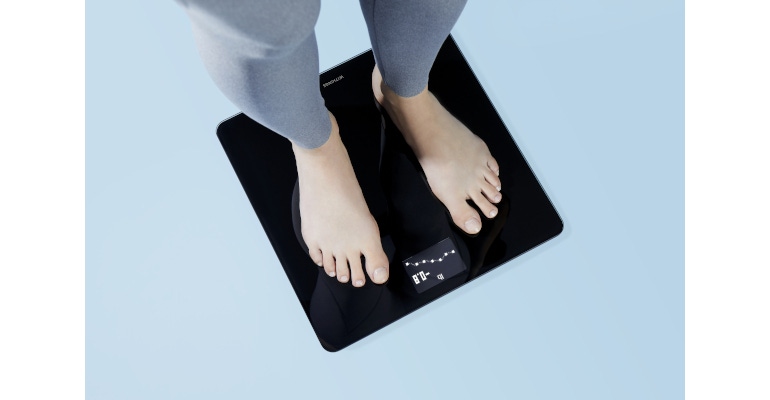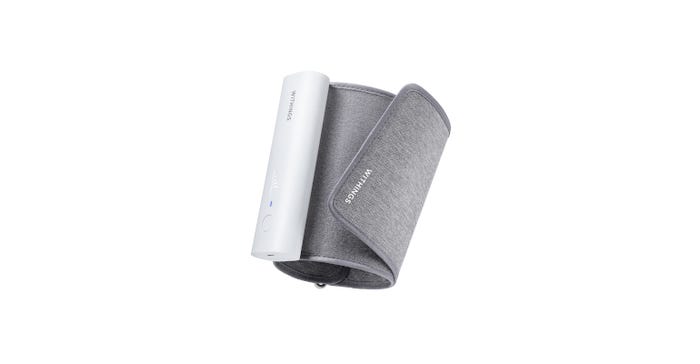What Does Telehealth’s Post-Pandemic Future Look Like?
Patients and clinicians have already come to appreciate telehealth’s benefits. Regulators now need to permanently accept it.
June 3, 2021

Before the global health crisis, seeking a consultation too often meant going in-person to a hospital or doctor’s office and waiting for a one-to-one appointment. The effectiveness, efficiency, and cost associated with telehealth were regarded with skepticism by providers and patients alike. Lockdowns across the world, however, have now singled out telehealth as essential and not just a nice innovation to have.
Rollback to last year. To cope with restrictions brought on by the pandemic and overcrowded hospitals, many providers turned to telehealth and remote monitoring to limit in-person visits, while ensuring patients still had access to regular healthcare. Additionally, to support the rapid response COVID-19 triggered, the U.S. government broadened access to Medicare telehealth thanks to acceptance from the Centers for Medicare and Medicaid Services. Suddenly, years of draconian restrictions on telehealth service were removed, allowing the general public to access healthcare remotely. These moves have helped keep vulnerable patients in their homes and away from virus exposure, while allowing them to continue to receive care for their chronic conditions. They also limited the virus from spreading in the community and protected health professionals.
COVID-19 Has Opened up the Highway for Telehealth
The wavering of government requirements and general acceptance by providers have undoubtedly sped up digital transformation in the health sector, including telehealth, telemedicine, and remote health monitoring for patients who do not need in-patient emergency services. Suddenly, the way patients receive and consume healthcare has been transformed for the better.
The good news is that consumers are also starting to trust telehealth, following their experiences during the pandemic. Therefore, it is little surprise that analyst firm IDC1 predicts that 65% of patients will have access to care through a digital front door into telehealth by 2023 as healthcare providers look to improve the patient experience further.
Although regulatory changes made by federal and state regulators were meant to be temporary, we need to see some permanent changes given the success of telehealth. However, the big question for digital healthcare companies is whether regulators would be willing to give telehealth an open door policy. Lessons learned from the pandemic deregulation period must be put into action, which will require government and manufacturers to work together to see where sustained regulatory change can benefit clinicians and patients alike. We have seen some of these measures be defined last year, but we still have a ways to go.
The general public has seen what telehealth is capable of and is accustomed to the level of access it gives them. You can’t simply turn around and put the magic back in the bottle. Solutions such as remote patient monitoring and asynchronous communications will become the norm as their value is seen after the pandemic.
Making Remote Monitoring Part of Everyday Life
There are many benefits for remote patient monitoring for clinicians, including improved quality of care, increased patient/doctor collaboration, and a better understanding of patient behaviors. For telehealth and remote patient monitoring to provide thriving resources for health professionals, they must have access to continuous, accurate, and reliable data. The easier it is for providers to receive health data on their patients and have the data transmitted into their existing systems, the more likely they are to adopt remote monitoring long term.
With chronic diseases being responsible for 7 out of 10 deaths each year, physicians offering remote health monitoring can also enable patients to manage chronic conditions better, improve their daily lives, and prevent serious life-threatening issues from occurring. These technologies and services can also help better manage health through the lifecycle of the patient from pediatric to geriatric medicine, including preventative care.
However, to be consistently used by patients, these devices must be user friendly, take precise measurements, and autonomously send this personal medical data securely. Manufacturers must keep in mind that many patients who will be asked to use connected health devices won’t be considered tech savvy or interested in using complex devices daily. If remote monitoring is going to be adopted permanently, devices need to be simple for patients to set up and use. This means devices shouldn’t have a multiple-step onboarding process, require patients to manually send data to providers, or need to be frequently charged. Our recently announced Withings BPM Connect Pro cellular blood pressure monitor (shown below) and Body Pro cellular scale (shown above) fit the remit, working straight out of the box. We have made it as simple as possible to take readings at home and send the data.

The Future of Telehealth
As with any disruptive technology, acceptance takes time. Luckily, the path of acceptance for remote monitoring has already started. The pandemic has made us all quickly realize the importance of harnessing digital tools and technologies for telehealth and remote monitoring capabilities. So much so that the future will not look like the past when it comes to the healthcare landscape.
Telehealth and remote health monitoring are here to stay. They will undoubtedly become standard services across all care settings. They will ultimately redefine patient expectations, dramatically change the way we access healthcare, and lead to better health outcomes.
Reference
IDC’s FutureScape: Worldwide Health Industry 2021 Predictions.
About the Author(s)
You May Also Like

.png?width=300&auto=webp&quality=80&disable=upscale)
